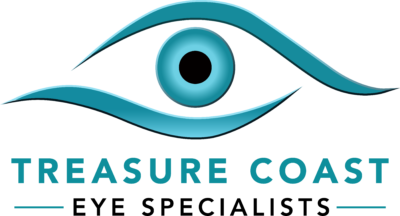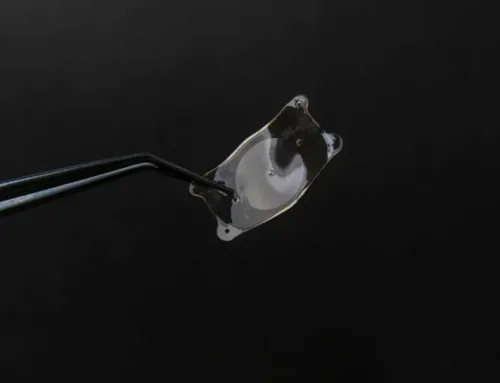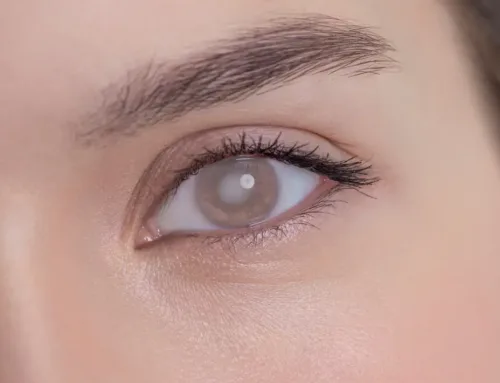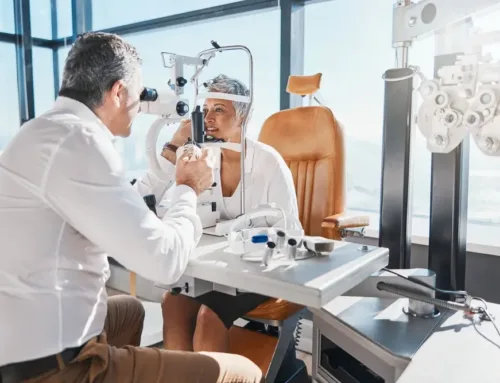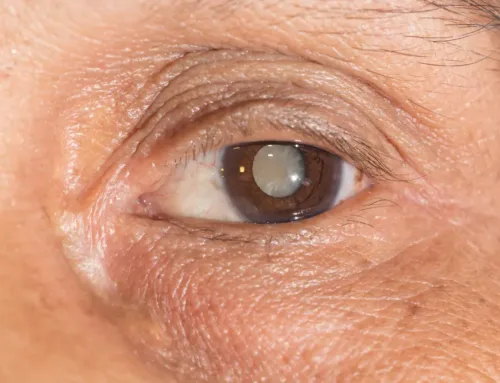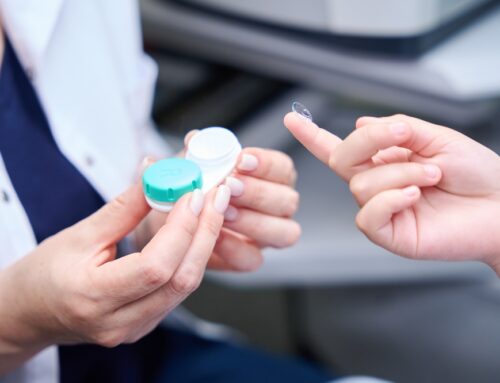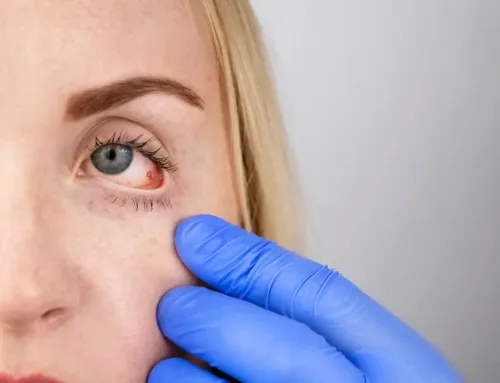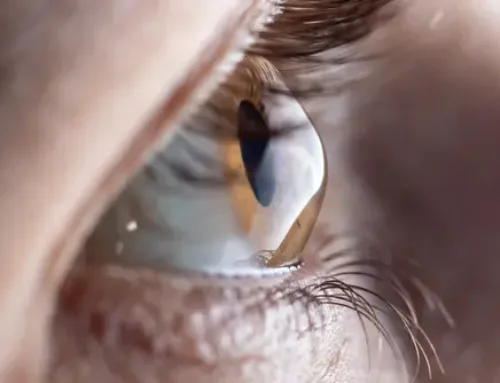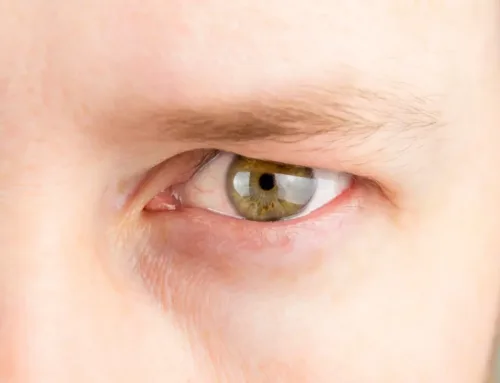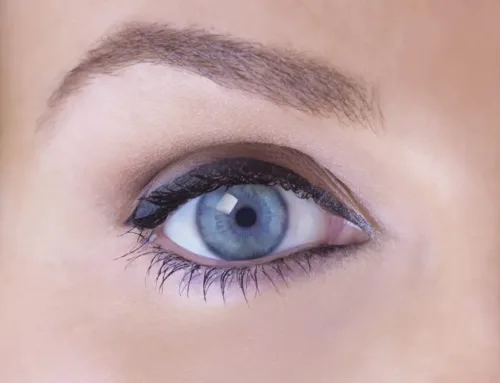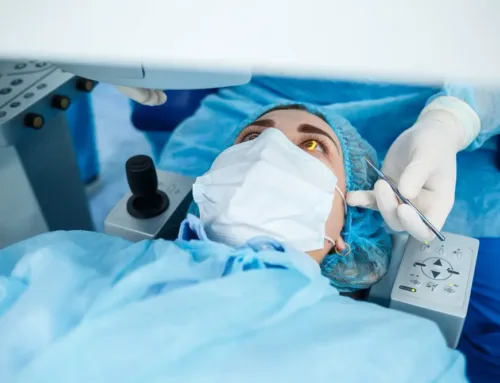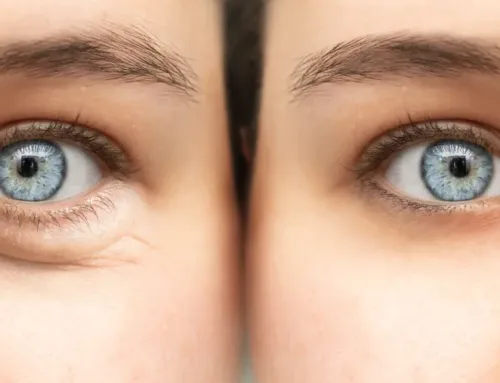LASIK is refractive eye surgery that can correct common vision problems such as nearsightedness, farsightedness, and astigmatism. It is a safe and effective procedure that has helped millions of people around the world achieve clear vision without the need for glasses or contact lenses.
The LASIK Procedure Explained
LASIK is typically performed in an outpatient setting and typically takes about 15 minutes per eye. Here’s a step-by-step overview of the LASIK procedure:
- Anesthetic eye drops: Your surgeon will start by applying anesthetic eye drops to numb your eyes and ensure your comfort throughout the procedure.
- Creation of the corneal flap: The surgeon will use a microkeratome or femtosecond laser to create a thin, hinged flap on the surface of the cornea. This flap is then carefully lifted to expose the underlying corneal tissue.
- Reshaping the cornea: Using an excimer laser, the surgeon will remove precise amounts of corneal tissue to reshape the curvature of the cornea. This step aims to correct the specific refractive error that is causing your vision problems.
- Repositioning the corneal flap: Once the cornea has been reshaped, the surgeon will gently reposition the corneal flap back into place, where it adheres naturally without the need for stitches.
- Recovery and follow-up: Following the LASIK procedure, you will be given specific post-operative instructions to ensure proper healing.
LASIK Recovery Timeline
After undergoing LASIK surgery, it is normal to experience some discomfort and blurry vision. Here is a general timeline of what you can expect during your LASIK recovery:
First 24-48 hours: During the first day or two after surgery, it is common to experience some discomfort, dryness, and blurred vision. Your eyes may also be sensitive to light. It is important to rest and avoid any activities that could potentially irritate your eyes, such as rubbing them. Your surgeon may provide you with eye drops or ointments to keep your eyes lubricated and promote healing.
First week: Within the first week, your vision should start to improve, although it may still be slightly blurry. You may be required to attend a follow-up appointment with your surgeon to ensure that your eyes are healing properly. It is crucial to continue using any prescribed eye drops and avoid any strenuous activities that could put pressure on your eyes.
First month: By the end of the first month, most patients experience significant improvement in their vision. However, it is important to continue following your surgeon’s post-operative instructions, such as avoiding swimming or wearing eye makeup. Your surgeon may also recommend regular check-ups to monitor your progress and address any concerns.
Three to six months: It can take up to six months for your vision to stabilize completely. During this time, any residual blurriness or dryness should gradually resolve. It is essential to continue attending follow-up appointments and inform your surgeon of any persistent symptoms or changes in your vision. 
Tips For A Smooth LASIK Recovery
While LASIK recovery is generally smooth, there are several tips you can follow to ensure a seamless healing process:
- Follow post-operative instructions: Your surgeon will provide you with specific instructions to follow during your recovery period. It is crucial to adhere to these instructions to promote proper healing and minimize the risk of complications.
- Rest your eyes: During the first few days after surgery, it is important to rest your eyes as much as possible. Avoid excessive screen time and take regular breaks if you need to use digital devices. This will help reduce strain on your eyes and promote healing.
- Protect your eyes from UV exposure: After LASIK surgery, your eyes may be more sensitive to sunlight. It is important to wear sunglasses that provide 100% UV protection when outdoors. This will help protect your eyes from harmful UV rays and reduce the risk of complications.
- Avoid rubbing your eyes: Rubbing your eyes can disrupt the healing process and potentially dislodge the corneal flap. If you experience any itching or discomfort, try using lubricating eye drops instead of rubbing your eyes. If the symptoms persist, contact your surgeon for further guidance.
- Maintain good hygiene: Practicing good hygiene is essential during your LASIK recovery. Wash your hands thoroughly before using any eye drops or applying ointments. Avoid touching your eyes unnecessarily, as this can introduce bacteria and increase the risk of infection.
Schedule Your LASIK Consultation With Treasure Coast Eye Specialists Today
LASIK surgery offers a life-changing opportunity to achieve clear vision without the need for glasses or contacts. By understanding the LASIK procedure and following your surgeon’s instructions, you can ensure a smooth healing process and maximize the benefits of the surgery.
If you are considering LASIK surgery, consult with our eye doctor to determine if you are a suitable candidate. Visit Treasure Coast Eye Specialists at our office in Port St. Lucie or Stuart, Florida. Call 772-400-2400 or 772-286-0007 to schedule an appointment today.

